Following The Film Stage’s collective top 50 films of 2021, as part of our year-end coverage, our contributors are sharing their personal top 10 lists.
It’s challenging to contextualize 2021, a year that largely felt like a gradual restart to moviegoing and, maybe, a new normal. Cinema, to that end, remains largely escapist, even if some pictures like Radu Jude’s Bad Luck Banging or Loony Porn and Stop and Go (nee Recovery) directly confronted some of the anxiety—perhaps even some of the absurdity—of COVID times. 2020 was slated to be a year of big films and many of those (F9 and No Time to Die) surfaced in 2021, while some (Licorice Pizza and Spider-Man: No Way Home) were freshly made under extensive safety protocols. In some ways the multiplex in 2021 felt a lot like outlet shopping: certain films were fresh and on-trend, others felt like relics from another time.
On the festival front, many forged ahead with a hybrid model, offering selections online (a fatiguing endeavor quite frankly); some presented with strict protocols. While I largely participated in Sundance and SXSW online, it was a treat to be back in Alice Tully Hall for this year’s NYFF and in New Jersey at my local art house, the renovated Clairidge, for the Montclair Film Festival. The grind of a festival, where one can go away and simply be immersed in cinema, feels like home to me, whereas something is missing when watching at home without the benefit of Q&As, audience camaraderie, and a strong sense of place within their communities. Sundance showed us a blend with an experience that felt like an online event, a playbook that sadly wasn’t replicated by SXSW months later, which invested more in presenting high-quality music showcases on four VOD channels, while their film festival offerings felt more like a market experience than a film-focused one.
So, looking ahead, what will 2022 bring? Hopefully once Omicron subsides some exciting new offerings. It is hard to look for common threads amongst films when you are in the eye of the storm and it should be interesting to see how our masters respond to these times. Some may confront them head-on, others might offer comfort and hope, while studios will forge ahead with films conceived and produced pre-pandemic, such as Top Gun: Maverick, that offer a glimpse at what life was like before.
Filmmakers will continue to create, innovate and tell unique stories––cinema is not dead, nor is moviegoing. Unlike last year’s “best of” list, I’m pleased to say much of the following I had watched in a cinema, with exhibitors and streamers finally starting to experiment with the long-established business models. Netflix still remains a dirty word to some––it’s a double-edged sword, bringing the art house to more people’s houses while not allowing films like The Power of the Dog enough time and screens to be properly seen and talked about. Apple, as well, dropped the ball on CODA in a record-setting bidding war that in a normal year would have been the kind of word-of-mouth platform release that legged its way to $50 million or so at the box office. Instead, it receive a token theatrical release on the same day it premiered on Apple TV+. A24 and Neon cannot be the only game in town for these kinds of films.
The art-house and specialty markets are still finding their footing despite a promising start this summer as capacity restrictions rolled back and the masks came off for a few months. Returning to Film Forum during the beginning of “Hot Vax Summer,” where 1969’s La Piscine became a hit amongst cinephiles, felt like a return to normal. The next few months may be a bumpy ride, but I do believe in the power of cinema to help us either escape or make sense of it.
And now onwards to the best of list. Full confession: I did not see every film in 2021. Nor was there time to see everything. The act of making such a list itself may be absurd for that reason and the fact that we have to consider what qualifies for ranking. Release patterns favor specific markets, opening films for Oscar-qualifying runs in New York or L.A. sometimes months before they are widely available elsewhere. My number-one film of the year, for instance, played at major festivals and had a token week-long engagement at the Linden Boulevard Multiplex in Brooklyn. While it is common to launch a film in Williamsburg or Downtown Brooklyn instead of Manhattan, the Cypress Hills section normally does not screen acclaimed films from Norway.
2021 Runners Up (alphabetical order): Annette, Azor, Bergman Island, Billie Elish: The World’s A Little Blurry, The Card Counter, The Dry, Drive My Car, In The Same Breath, Mass, The Lost Daughter, Preparations to Be Together For An Unknown Period of Time, Spencer, Test Pattern, Titane
10. The Souvenir Part II (Joanna Hogg)
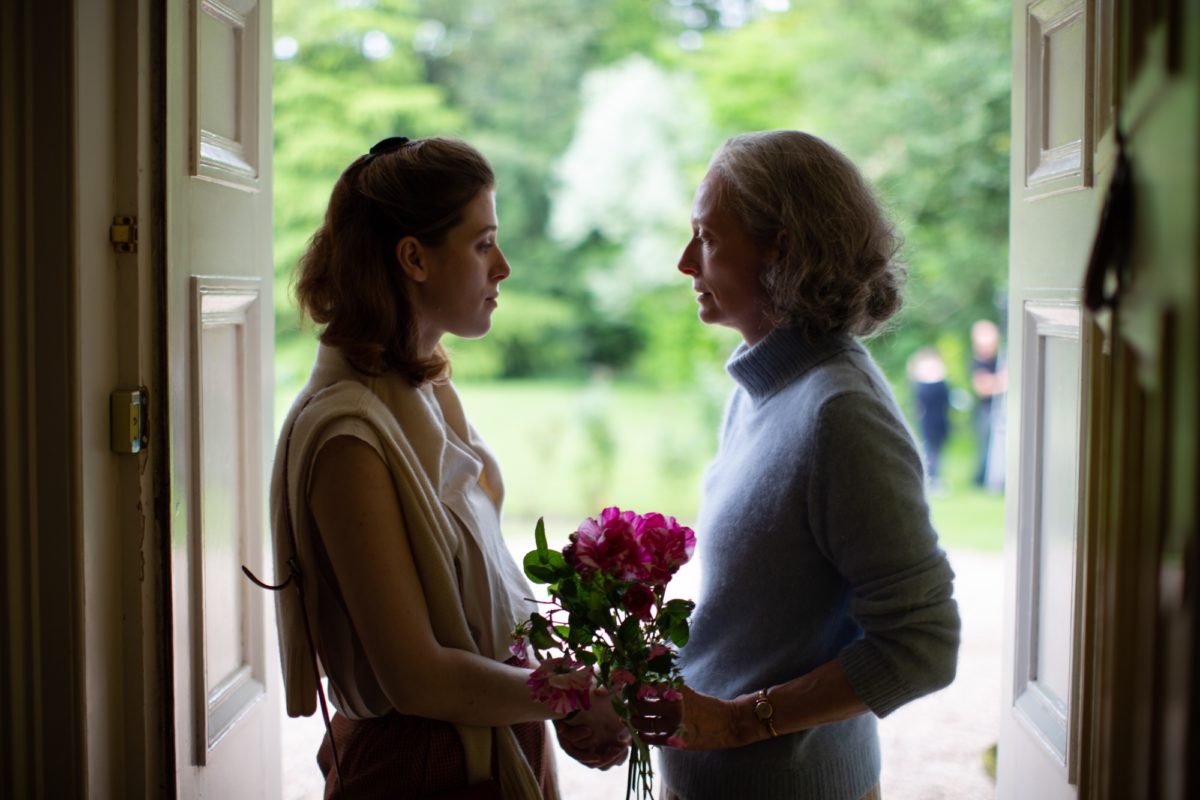
As Sheryl Crow once sang, “This is the movie of the screenplay of a book about a girl who meets a junkie.” The Souvenir Part II is exactly that; Joanna Hogg’s brilliant, restrained picture reflects on the events of the first film as Julie (Honor Swinton Byrne) works on her film school thesis project. She’s told at every turn her story––inspired by Hogg’s own experience––is implausible as Julie struggles to maintain the kind of healthy distance her performers require her to keep. This follow-up is a brilliant companion and a fascinating look at the process of workshopping actual events in an industry-based film program that is anything but the therapy Julie needs.
9. Flee (Jonas Poher Rasmussen)
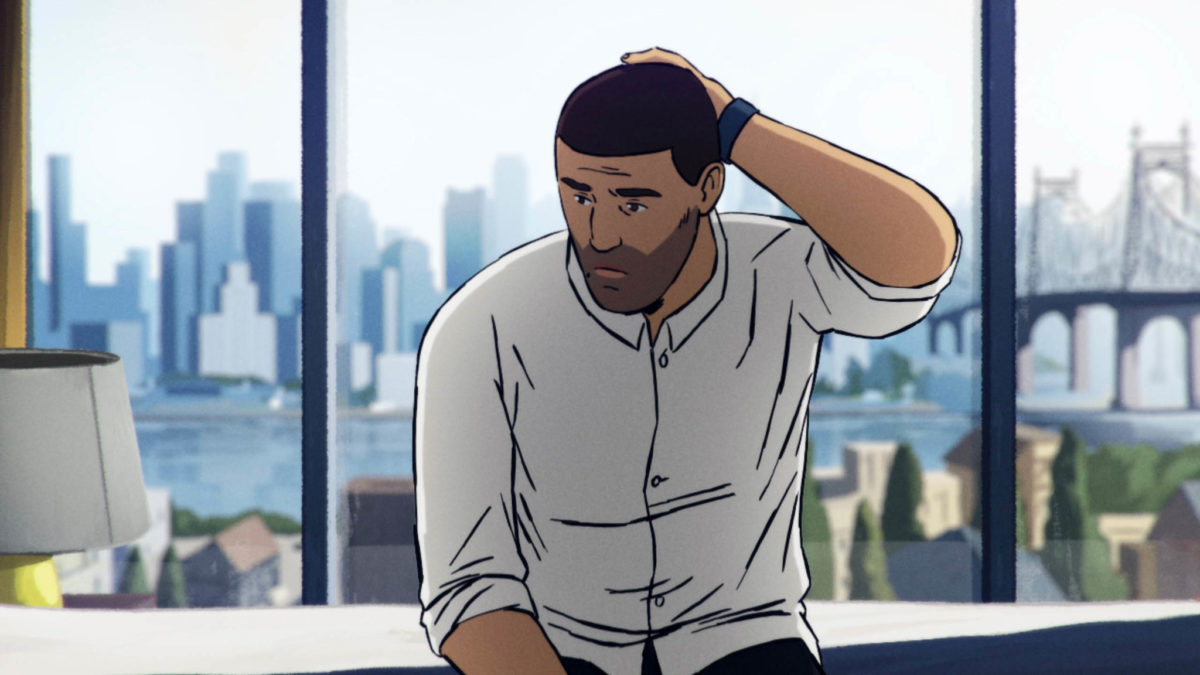
Using animation to free its subject up to discuss a life in exile, Jonas Power Rasmussen’s Flee is a masterfully crafted picture with a deep emotional core. Part coming-of-age / coming-out story and part adventure, the film follows Amin, an anonymous friend of the filmmaker, as he flees his home country of Afghanistan for Denmark in the 1980s. A moving tale of humanity that recalls Ebert’s notion that films are machines to generate empathy.
8. Memoria (Apichatpong Weerasethakul)
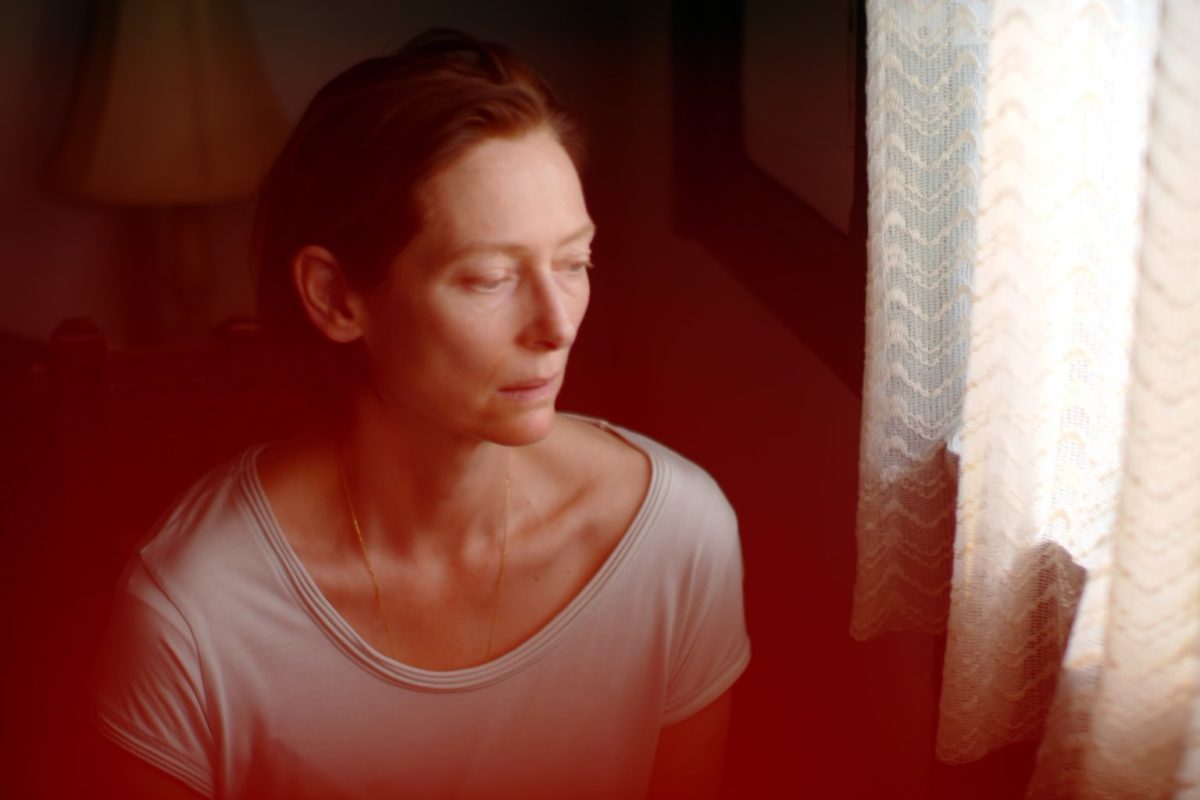
Rolling out in a one-theater-a-week “forever” theatrical engagement, the latest film by Apichatpong Weerasethakul is as fascinating and lyrically interesting as any the Thai master has made previously. Tilda Swinton stars as Jessica, a Medellin-based Scottish expatriate haunted by and researching a mysterious sonic boom that may have either cultural or supernatural significance. Memoria is a mysterious film that washes over viewers, offering a complex meditation on the personal and political.
7. Parallel Mothers (Pedro Almodóvar)
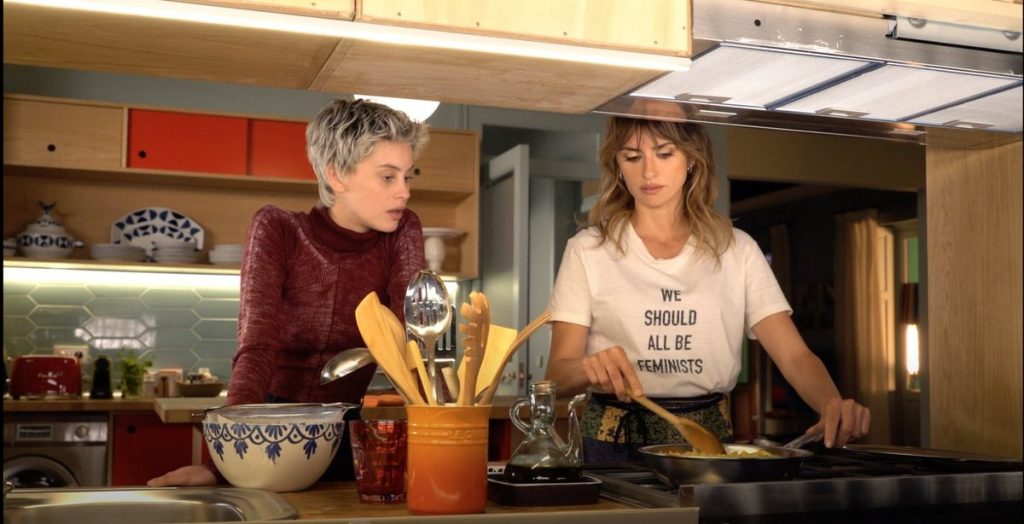
The arrival of a new Pedro Almodóvar is always exciting and welcome. Though there is an undeniable undercurrent in his work exploring womanhood and maternity, his films often toe a line between light and dark melodrama and thriller. In the hands of a less assured filmmaker, a movie like Parallel Mothers might be a simple soap opera. Almodovar turns the story of a simple hospital mix-up at birth, starring Penélope Cruz and Milena Smit, into a riveting inquiry on motherhood and histories that have been buried and suppressed.
6. CODA (Sian Heder)
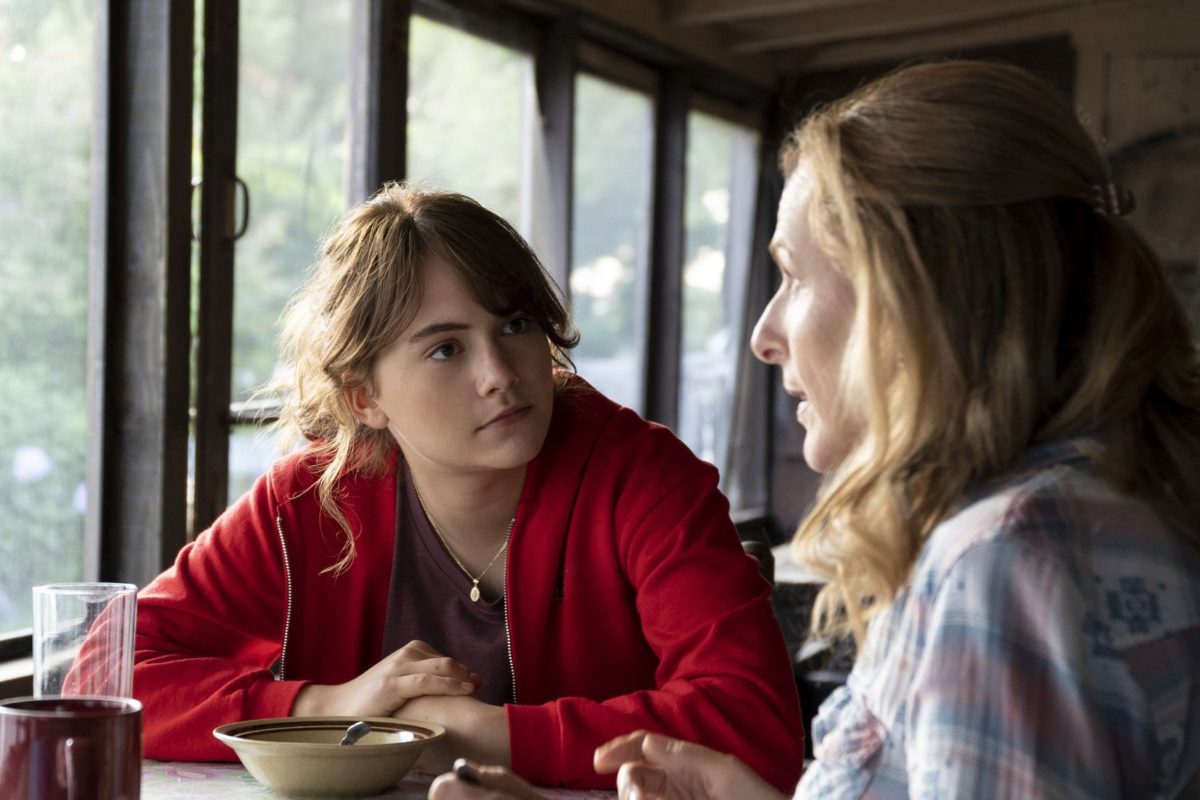
A crowd-pleaser that unfortunately screened mostly to streaming audiences, Sian Heder’s Sundance-winning CODA is a moving adaptation of La Famille Bélier set in New England that, along with Netflix’s Deaf U, is a landmark in representation on screen and behind the camera. The story centers on the the Rossi family and their daughter Ruby (Emilia Jones), the only hearing member (a CODA or Child of Deaf Adult) who aspires to have a career in music. She is torn between staying in Gloucester and helping with the family business or chasing her dreams. Heder’s richly textured film emerges a portrait of a loving family (comprised of deaf actors Marlee Matlin, Troy Kostur, and Daniel Durant) that are fiercely independent, rebellious, and supportive as both insiders and outsides on North Shore of Massachusetts. The film itself is a smart, perceptive, and moving coming-of-age story with nearly no false notes.
5. Summer of Soul ..or When The Revolution Could Not Be Televised (Ahmir “Questlove” Thompson)
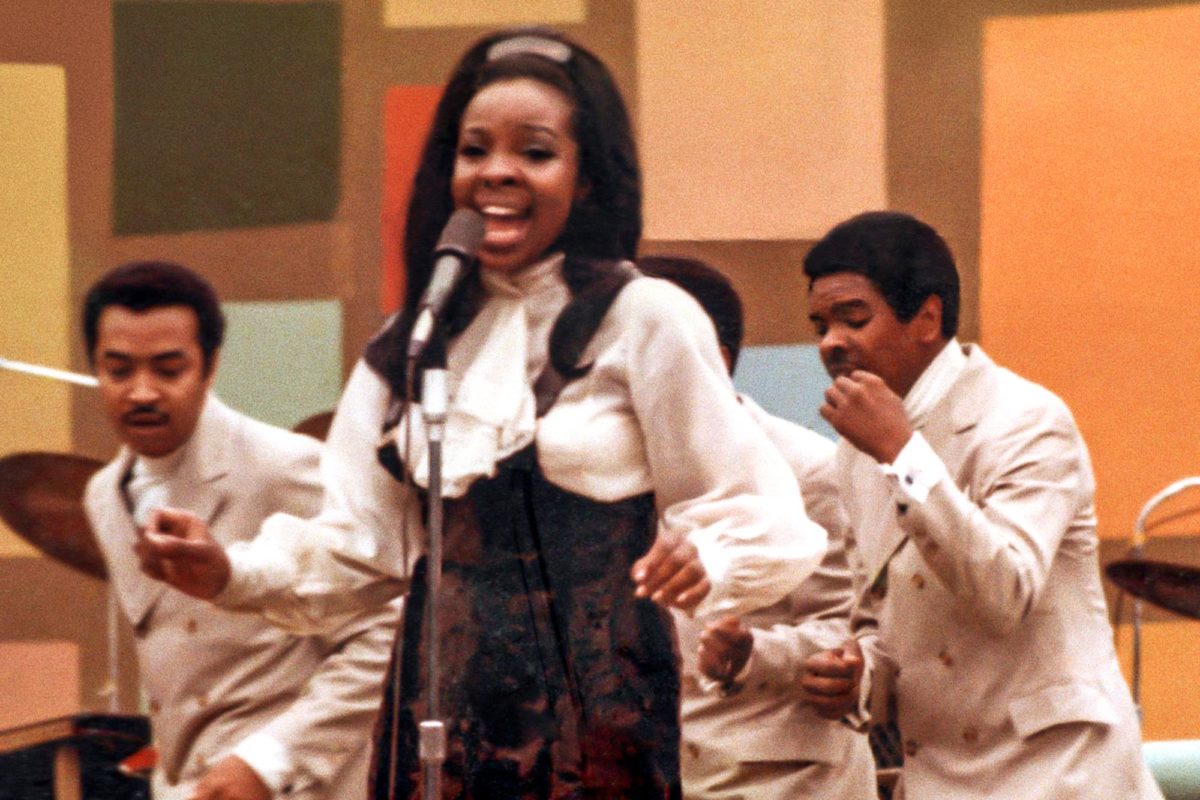
Premiering digitally at Sundance, Summer of Soul is an uplifting concert film impressively assembled by Ahmir “Questlove” Thompson. Featuring an array of impressive showstopping performances by Stevie Wonder, Malia Jackson, the Staple Singers, Gladys Knight and the Pips, Sly and the Family Stone, Nina Simone, and more the film is a vibrant celebration of 1969 Harlem Cultural Festival, billed as the “Black Woodstock.” Lost to time, the footage was meticulously restored with new interviews to add important context to the proceedings.
4. The Power of the Dog (Jame Campion)
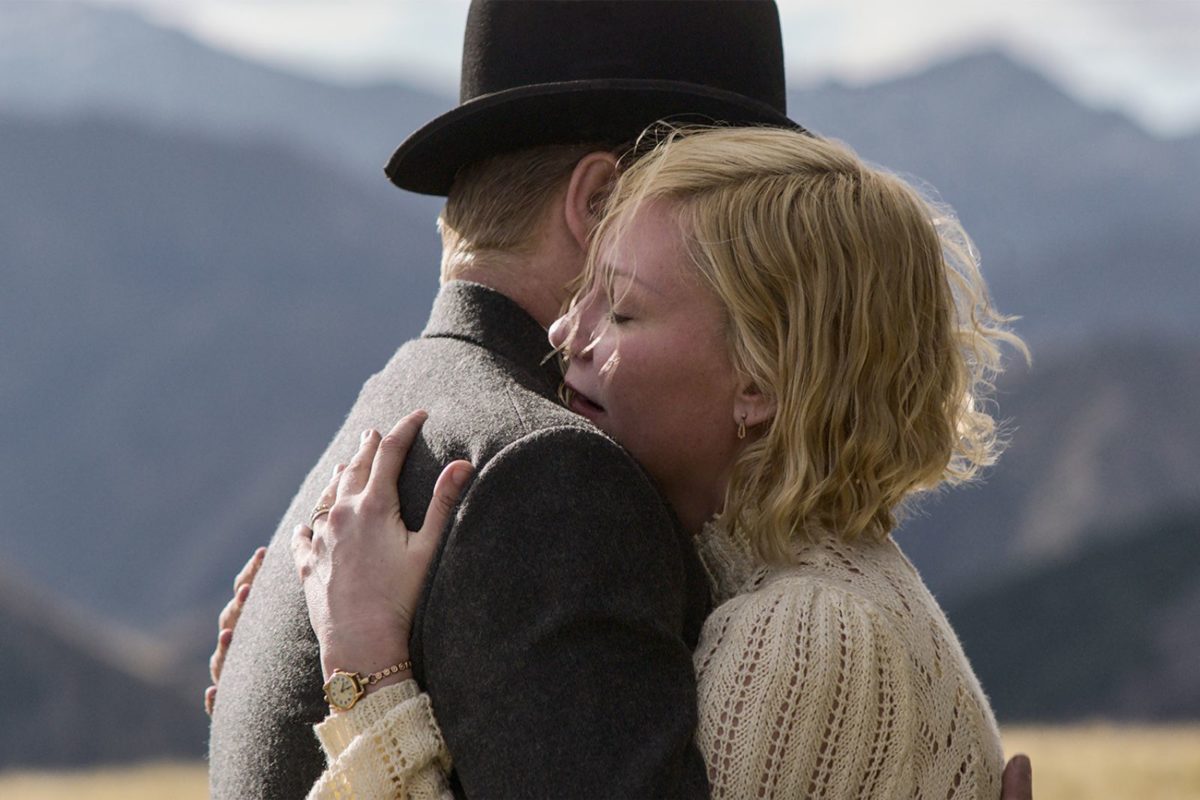
The Western, like sci-fi, can be a genre that’s as much about the present as it is the time in which its story takes place. Jane Campion’s masterful psychosexual thriller is full of hard truths as Phil Burbank (Benedict Cumberbatch) comes to mentor young Peter (Kodi Smit-McPhee), a kid raised by single mother Rose (Kirsten Dunst). He’s taken up household tasks, such as keeping the house in order. Phil pledges to make a man of Peter after getting off on an awkward footing in a film that is often visually stunning with an ever-present undercurrent of danger.
3. Licorice Pizza (Paul Thomas Anderson)

Perhaps one of the most fun teen comedies ever made, Licorice Pizza is a film with a strong sense of place. By far the lightest film in Paul Thomas Anderson’s oeuvre, it’s the story of a 15-year-old hustler aptly named Gary Valentine (Cooper Hoffman) who meets his soulmate, the wayward 25-year-old Alana (Alana Haim), and so begins a series of adventures in the Valley. Athough occuring four years after Quentin Tarantino’s Once Upon a Time in Hollywood, it’s a hang-out film that primarily occupies a similar cinematic universe in which imaginary larger-than-life figures encounter those real larger than-life-characters. Simply, Licorice Pizza is a good time.
2. In the Heights (Jon M. Chu)
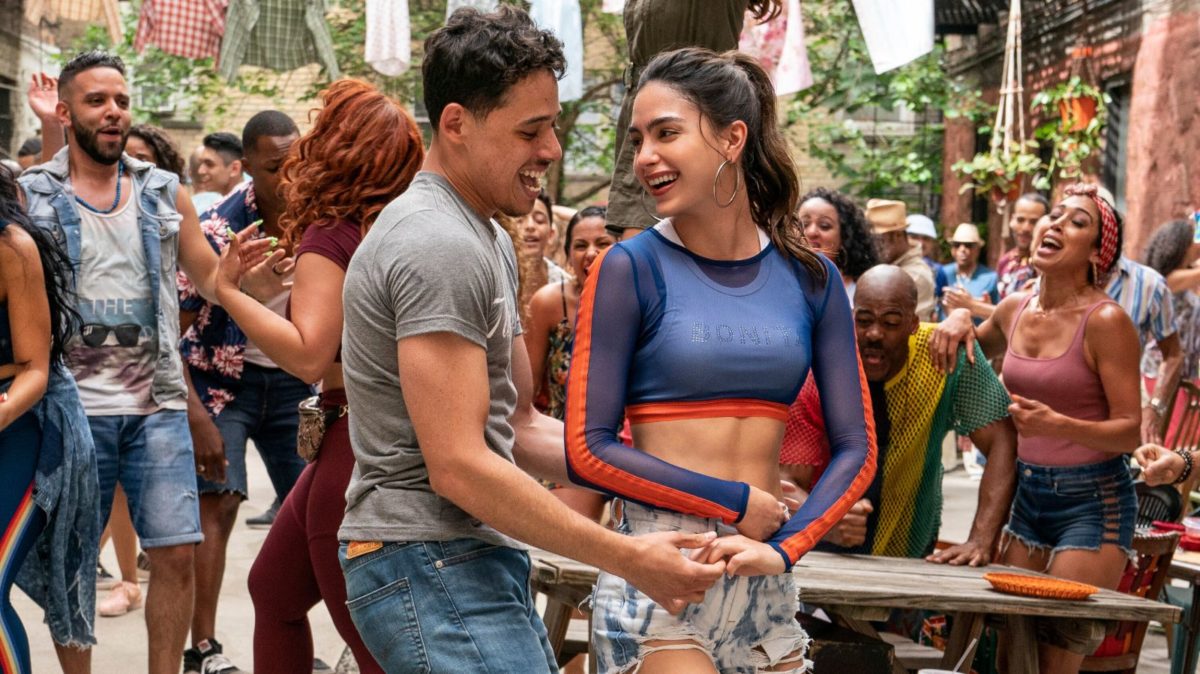
Arriving on the scene at the optimistic part of the year (Hot Vax Summer), Jon M. Chu’s In the Heights is one of the best musicals from a year with several good ones. A colorful celebration of life in Washington Heights, the story is led by Anthony Ramos’ Usnavi, a bodega owner with dreams of returning to a romanticized version of the Dominican Republic, though he later comes to realize the island of your dreams is where you make it. Adapted from Lin-Manuel Miranda’s award-winning play, the film isn’t simply a love letter to New York but also one that addresses multicultural tensions, gentrification, and community building in a far more sophisticated way than either West Side Story. It feels both intimate and large, a celebration of hot summer days, hard work, and the encounters people have when they live in neighborhoods, not heroically sealed high-rises. Chu never misses a beat, from the opening showstopper that celebrates the simple act of getting up and going to work in the city to a joyful Busby Berkeley homage in a public swimming pool on the hottest day of the year, while more intimate, gravity-defying numbers take place when time seems to stand still. In the Heights is a dazzling, masterfully crafted film that came just when we needed it.
1. The Worst Person in the World (Joachim Trier)
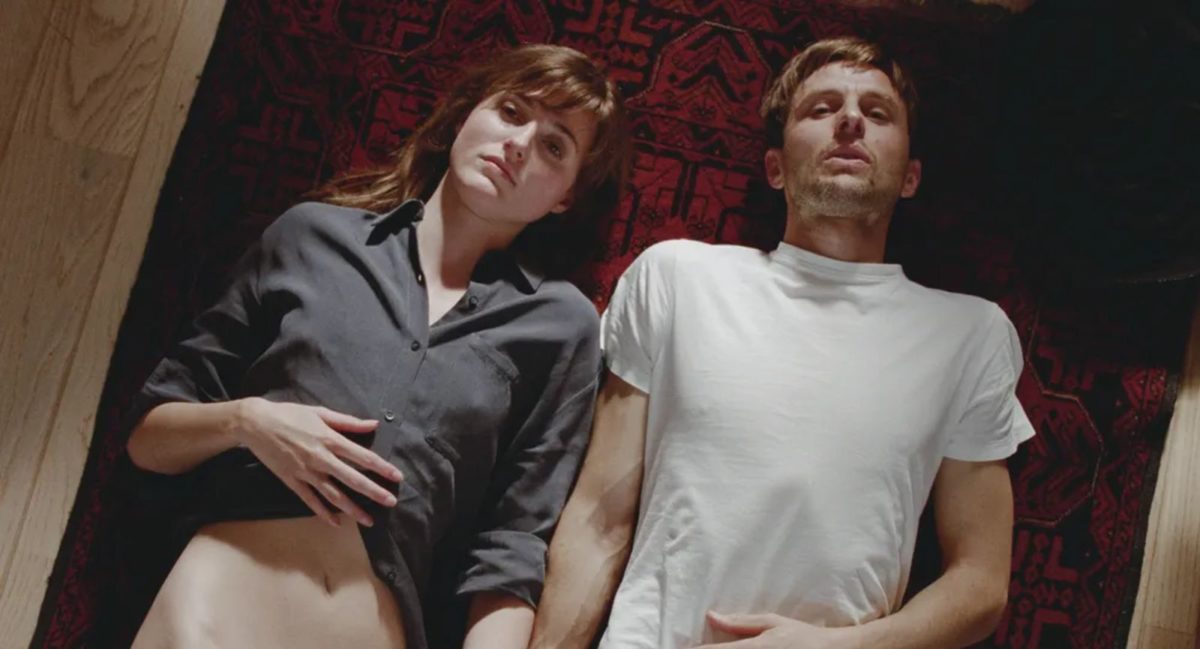
Sometimes it’s healthy to feel like the “Worst Person in the World.” It means you are growing up, sensitive to others, and not really a psychopath. In Joachim Trier’s comedy of manners, Renate Reinsve breaks out as she evolves and occasionally regresses through a series of twelve chapters navigating love and life. She is at times simultaneously sexy, vulnerable, in control, and out of control, learning valuable lessons along the way as she “finds herself” and ultimately, perhaps, ends up back where she started. Reinsve’s performance is a great deal more complex and realistic than it may initially seem in a film about #adulting without a straight line or an easy answer. It’s a picture that has sympathy for its lead, creating a portrait that feels perceptive, realistic, and even relatable to those who haven’t followed a predicable path in one’s career and life. The Worst Person in the World is romantic comedy in the same way Toni Erdmann was a slapstick comedy––its genre doesn’t begin to define the film’s ambition.
